Training Sites
The Twin Cities of Minneapolis and St. Paul are a unique healthcare ecosystem. When it comes to training residents and fellows, hospitals across the metro have a longstanding history of collaborating so that learners may gain experience with unique patient populations, practice models, and procedural opportunities across health systems.
When designing our program, we were able to tailor the resident experience to maximize what each site has to offer. Residents will spend most of their time at the home base of the University of Minnesota Medical Complex, but will spend time each year at the other three sites. This enables residents to become comfortable at each site while growing a professional network that stands ready to mentor and guide trainees into their chosen career path.
- Hennepin Healthcare (HCMC)
- Children’s Hospitals and Clinics of Minnesota
- Gillette Children's Hospital and Clinics
- University of Minnesota Medical Center and Masonic Children’s Hospital
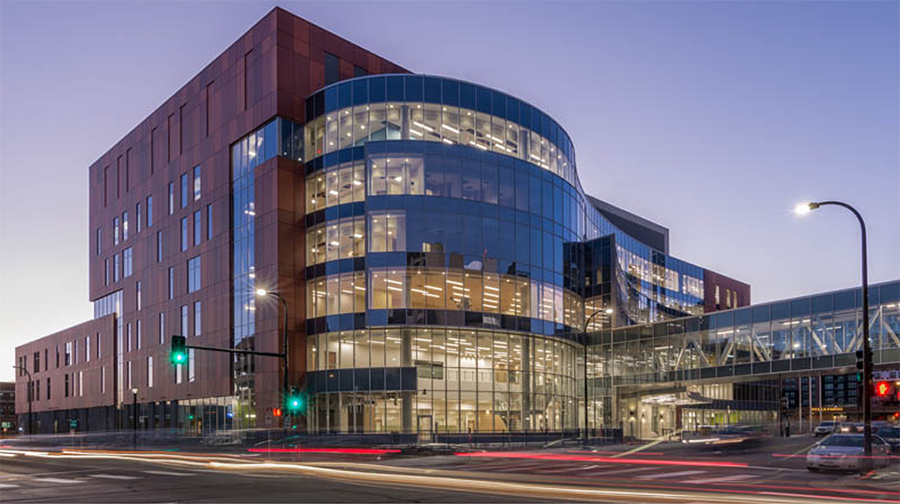
Hennepin Healthcare (HCMC)
HCMC is an urban underserved social safety net hospital. Residents will spend time here on general pediatrics and adult neurology. Adult neurology is a consult-only service staffed by HCMC faculty. Child neurology patients are seen by Minneapolis Clinic of Neurology Child Neurologists. HCMC offers an independent autonomics lab and is a comprehensive stroke center.
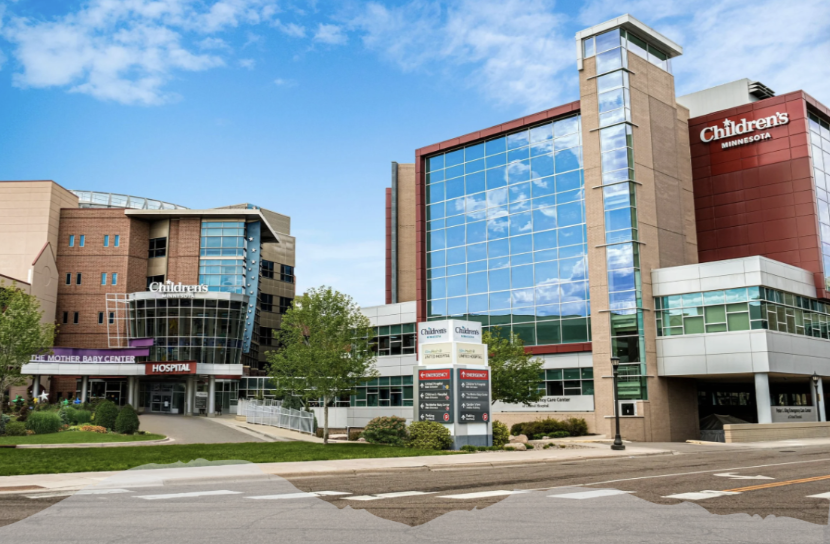
Children’s Hospitals and Clinics of Minnesota
At Children’s, residents will gain experience in general pediatrics as well as general child neurology and pediatric epilepsy. During the child neurology years, residents will work with faculty from two private practice groups - Minnesota Epilepsy Group and Noran Clinic - to learn about their practice models and see a wide variety of patients, with opportunities to learn about intraoperative monitoring and surgical epilepsy cases.
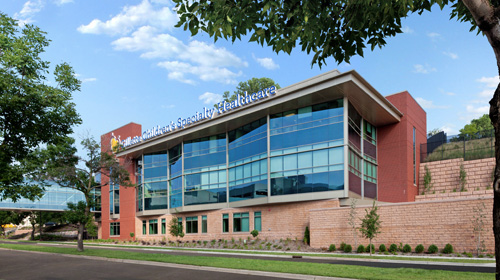
Gillette Children's Hospital and Clinics
Opening in 1897, Gillette Children’s Hospital was the nation’s first public hospital for children with disabilities. Teams here see children with brain, bone, and movement conditions. Across all five years of training, residents will gain experience in complex care, developmental pediatrics, genetic conditions, and insights into disability advocacy. Child Neurologists at Gillette see a wide variety of patients and feature a unique ketogenic diet clinic.
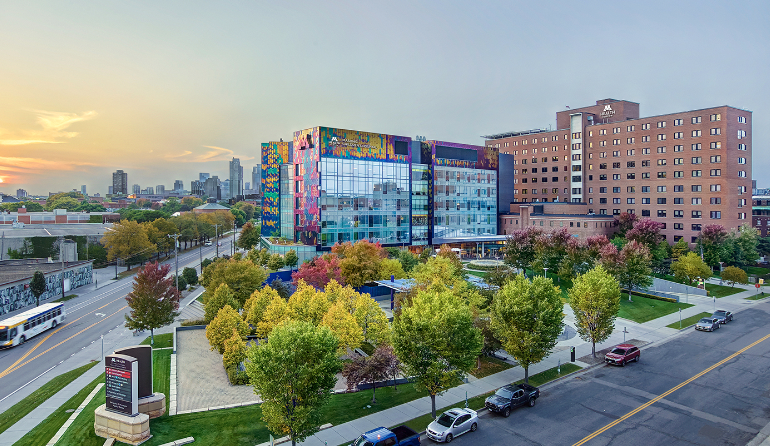
University of Minnesota Medical Center and Masonic Children’s Hospital
This hospital complex features two campuses straddling the mighty Mississippi - West Bank and East Bank. The West Bank houses the Masonic Children’s Hospital; the residents will spend a majority of their time during all five years of training, working with a variety of pediatric services in years one and two, and on our Neurology Consult service in PGY3-PGY5. The complex also includes complex pediatrics clinics, Explorer and Discovery, where trainees will work alongside child neurologists and other specialties. Masonic Children’s Hospital is a top-ranked facility for comprehensive pediatric care, from common to complex.
The Masonic Institute for the Developing Brain, the continuity clinic hub during the neurology years, is located on the East bank. At MIDB, residents will partner with other disciplines and community partners navigating through early neurobehavioral and mental health assessment, innovative targeted interventions, informed policy-making, compassionate child-advocacy, and community education.
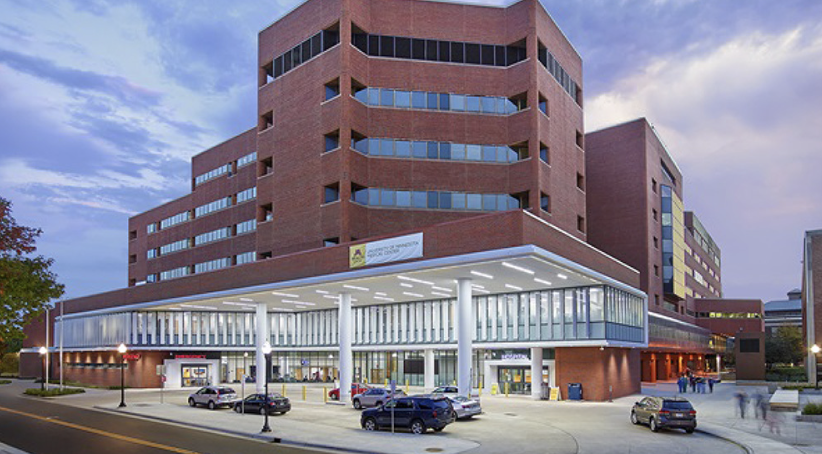
Further down East River Road, the University of Minnesota Medical Center (UMMC) houses our adult neurology services. Child neurologists will rotate alongside their adult neurology colleagues here gaining comprehensive training in adult general neurology, stroke, and neurocritical care
Map of Child Neurology Residency Sites
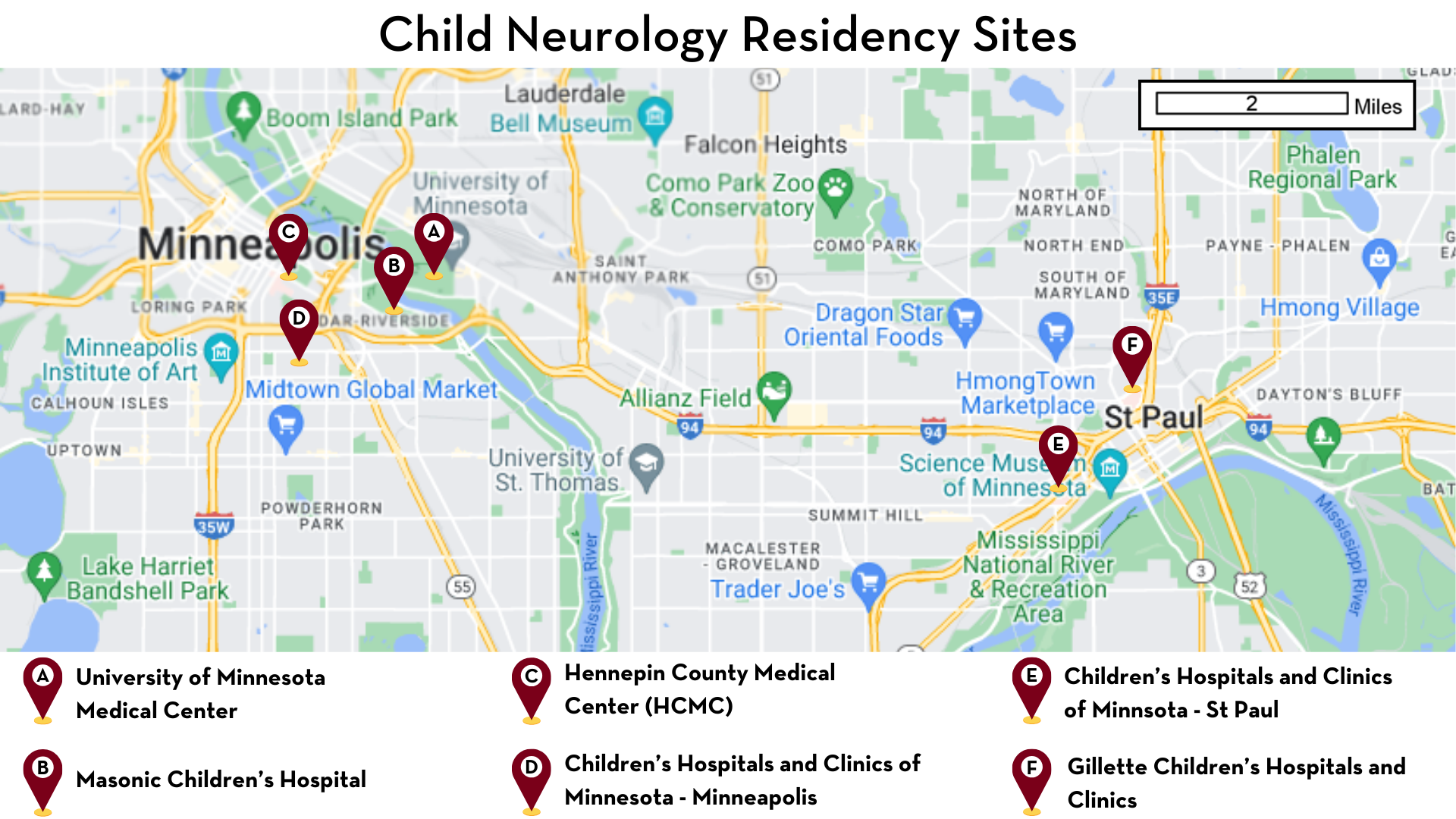
Check out the map of our sites to the right. As you can see, the sites are only about 8 miles apart from each other at most!